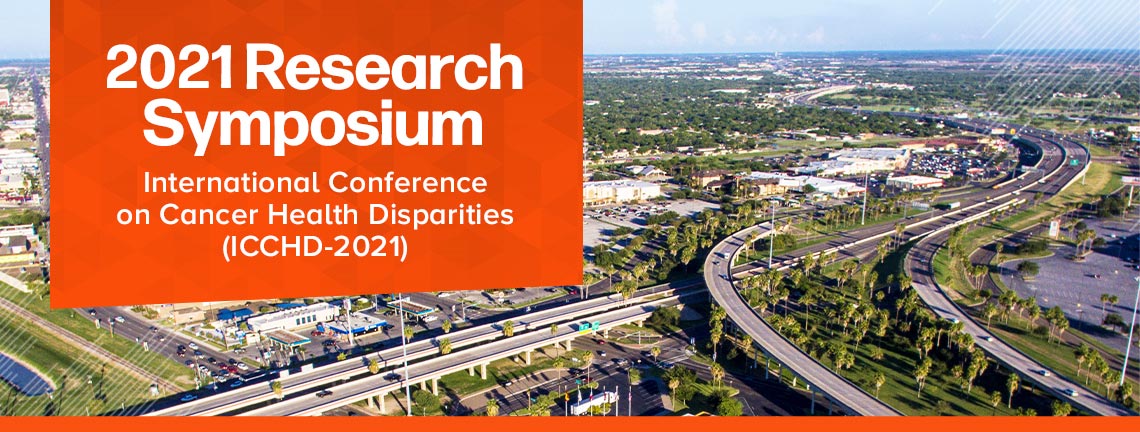
Talks
Presentation Type
Oral Presentation
Discipline Track
Translational Science
Abstract Type
Research/Clinical
Abstract
Background: Non-alcoholic fatty liver disease (NAFLD) is a state of metabolic dysregulation characterized by excessive lipid accumulation into the hepatocytes (hepatic steatosis). It is a major determinant of risk for hepatocellular carcinoma (HCC). Hispanics in south Texas exhibit one of the highest incidences of NAFLD and HCC in the United States.
Methods: We used an induced pluripotent stem cell (iPSC) based hepatocyte (HEP) model to identify high lipid stress induced transcriptomic changes in HEPs to better understand hepatic steatosis associated HCC risk. Well-characterized, iPSC differentiated functional HEPs generated from six participants in our San Antonio Mexican American family study were challenged with high lipid conditions in in-vitro culture. The lipid challenged and vehicle treated HEPs were then analyzed for cellular lipid accumulation, fibrosis, and genome wide gene expression by mRNA-sequencing.
Results: Quantitative measures of cellular neutral lipids and fibrosis marker (COL1A1) were significantly increased in lipid challenged HEPs. These measures also showed a high correlation (r2 ≥70%) with individual’s in-vivo liver fat. Genome wide differential gene expression analysis identified 78 genes that were significantly differentially expressed (DE) between lipid challenged and vehicle treated HEPs. Functional annotation analysis showed significant enrichment of DE genes in liver hyperplasia/hyperproliferation functions (27 genes; p-value 2.0x10-2 to 9.2x10-2), and included several genes (PDRG1, PLIN2, CFHR3, ANXA2P3, HBA1, HBA2, HBB) whose altered expression was shown to be associated with HCC risk.
Conclusions: We have identified several genes associated with risk for HCC for which expression was significantly dysregulated by a high lipid stress challenge in HEPs.
Recommended Citation
Kumar, Satish; Curran, Joanne E.; De Leon, Erica; Granados, Jose C.; Leandro, Ana C.; Leandro, Marcelo; Peralta, Juan M.; Williams-Blangero, Sarah; and Blangero, John, "Non-alcoholic fatty liver disease and hepatocellular carcinoma risk associated gene expression phenotypes in Hispanics" (2023). Research Symposium. 35.
https://scholarworks.utrgv.edu/somrs/theme1/track1/35
Included in
Non-alcoholic fatty liver disease and hepatocellular carcinoma risk associated gene expression phenotypes in Hispanics
Background: Non-alcoholic fatty liver disease (NAFLD) is a state of metabolic dysregulation characterized by excessive lipid accumulation into the hepatocytes (hepatic steatosis). It is a major determinant of risk for hepatocellular carcinoma (HCC). Hispanics in south Texas exhibit one of the highest incidences of NAFLD and HCC in the United States.
Methods: We used an induced pluripotent stem cell (iPSC) based hepatocyte (HEP) model to identify high lipid stress induced transcriptomic changes in HEPs to better understand hepatic steatosis associated HCC risk. Well-characterized, iPSC differentiated functional HEPs generated from six participants in our San Antonio Mexican American family study were challenged with high lipid conditions in in-vitro culture. The lipid challenged and vehicle treated HEPs were then analyzed for cellular lipid accumulation, fibrosis, and genome wide gene expression by mRNA-sequencing.
Results: Quantitative measures of cellular neutral lipids and fibrosis marker (COL1A1) were significantly increased in lipid challenged HEPs. These measures also showed a high correlation (r2 ≥70%) with individual’s in-vivo liver fat. Genome wide differential gene expression analysis identified 78 genes that were significantly differentially expressed (DE) between lipid challenged and vehicle treated HEPs. Functional annotation analysis showed significant enrichment of DE genes in liver hyperplasia/hyperproliferation functions (27 genes; p-value 2.0x10-2 to 9.2x10-2), and included several genes (PDRG1, PLIN2, CFHR3, ANXA2P3, HBA1, HBA2, HBB) whose altered expression was shown to be associated with HCC risk.
Conclusions: We have identified several genes associated with risk for HCC for which expression was significantly dysregulated by a high lipid stress challenge in HEPs.

